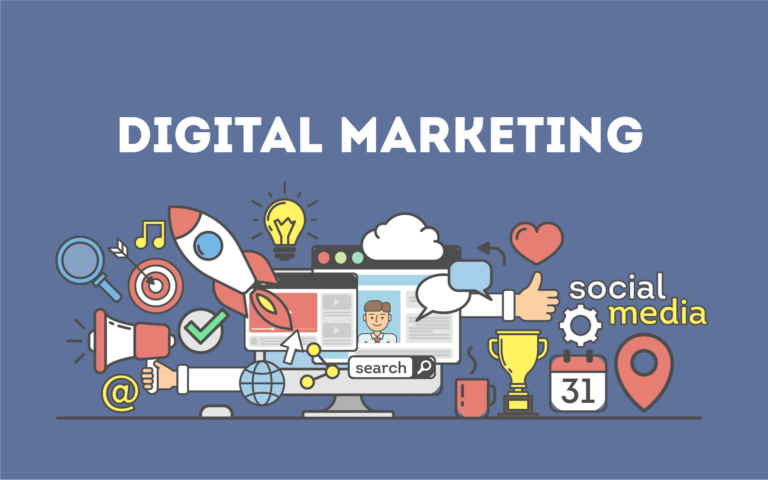SEO and PPC: 8 Smart Ways to Align for Maximum ROI in 2025
SEO and PPC: 8 Smart Ways to Align for Maximum ROI in 2025
- Highlights are tailored to this category.
- Clear subheads improve skim-ability.
- FAQs resolve common doubts.
Unlocking the Potential of SEO and PPC in 2025
In the ever-evolving landscape of digital marketing, the synergy between Search Engine Optimization (SEO) and Pay-Per-Click (PPC) advertising has become increasingly vital. As we move into 2025, businesses striving for maximum return on investment (ROI) must adopt smart strategies that leverage the strengths of both channels. By aligning SEO and PPC efforts, marketers can ensure a more comprehensive approach to visibility, traffic, and ultimately, conversions. This article explores eight effective ways to harmonize these two essential components of digital marketing.
Understanding SEO and PPC
Before diving into strategies, it’s important to understand what SEO and PPC entail. SEO focuses on optimizing a website to rank higher in organic search results, driving free traffic over time. Conversely, PPC involves paying for ads to appear in search results, offering immediate visibility but requiring ongoing investment. Both tactics, when used together, can enhance brand awareness, lead generation, and sales.
The Importance of Alignment
Aligning SEO and PPC efforts can lead to a more cohesive marketing strategy. By sharing insights and data between the two teams, businesses can create a unified message and maximize their marketing budget. Effective alignment allows for better keyword targeting, improved ad copy, and optimized landing pages, all of which contribute to higher conversion rates.
8 Smart Ways to Align SEO and PPC
1. Keyword Research Collaboration
Both SEO and PPC rely heavily on keywords. By collaborating on keyword research, teams can identify high-value terms that can drive traffic through both organic and paid channels. This approach not only saves time but also ensures that both teams are targeting the same audience.
2. Utilize PPC Data for SEO Insights
PPC campaigns generate a wealth of data on user behavior, including click-through rates (CTR) and conversion rates. Analyzing this data can provide valuable insights for SEO strategy, helping to identify which keywords and phrases are most effective in attracting and converting visitors.
3. Optimize Landing Pages Together
Landing pages are crucial for both SEO and PPC. Collaborating on the design and optimization of landing pages can lead to improved user experience and higher conversion rates. Ensure that the content aligns with the keywords being targeted and provides relevant information to users.
4. Consistent Messaging Across Channels
Consistency in messaging helps reinforce brand identity and build trust with potential customers. Aligning the messaging in PPC ads with the content on the corresponding landing pages and organic search results can create a seamless experience for users.
5. Monitor Performance Metrics Together
Jointly monitoring performance metrics allows both teams to evaluate the effectiveness of their strategies. Key metrics to track include organic traffic, paid traffic, conversion rates, and overall ROI. By sharing this data, teams can identify areas for improvement and optimize their efforts accordingly.
6. Conduct A/B Testing
A/B testing is a powerful tool for both SEO and PPC. Testing different ad copies, landing page designs, and keywords can lead to better performance. Insights gained from A/B tests can inform strategies in both areas, leading to a more effective overall approach.
7. Leverage Remarketing Strategies
Remarketing allows businesses to target users who have previously interacted with their website. By aligning SEO and PPC remarketing strategies, businesses can reinforce their message and encourage conversions from users who may not have converted during their initial visit.
8. Share Budget Insights
Understanding the budget allocation for both SEO and PPC can help in aligning strategies more effectively. Sharing insights about budget performance, such as which channels are delivering the best ROI, can guide future investments and strategy adjustments.
Key Takeaways
- Collaboration on keyword research enhances targeting.
- PPC data provides valuable SEO insights.
- Optimized landing pages improve user experience and conversion rates.
- Consistent messaging builds trust and brand identity.
- Joint performance monitoring helps identify improvement areas.
Frequently Asked Questions (FAQs)
What is the main difference between SEO and PPC?
SEO focuses on organic search results, while PPC involves paying for ads to appear in search results. SEO typically requires more time to achieve results, whereas PPC can provide immediate visibility.
How can I measure the ROI of my SEO and PPC efforts?
ROI can be measured by analyzing the revenue generated from both SEO and PPC campaigns in relation to the costs incurred. Tools like Google Analytics can help track conversions and assess performance.
Are SEO and PPC strategies interchangeable?
While they can complement each other, SEO and PPC strategies are not interchangeable. SEO is a long-term strategy focused on organic growth, whereas PPC offers immediate results but requires ongoing investment.
Can small businesses benefit from aligning SEO and PPC?
Yes, small businesses can significantly benefit from aligning SEO and PPC by maximizing their marketing budget, improving visibility, and increasing conversion rates through a unified strategy.
Conclusion
Aligning SEO and PPC strategies offers numerous benefits for businesses aiming for optimal ROI in 2025. By collaborating on keyword research, sharing data, and maintaining consistent messaging, marketers can create a powerful synergy that enhances visibility and drives conversions. As the digital marketing landscape continues to evolve, staying ahead of trends and adapting strategies will be essential for success.
Next Steps
To implement these strategies effectively, consider conducting a comprehensive audit of your current SEO and PPC efforts. Engage your teams in collaborative discussions to identify opportunities for alignment. Continuous learning and adaptation will be key to maximizing your digital marketing ROI in the coming years.

